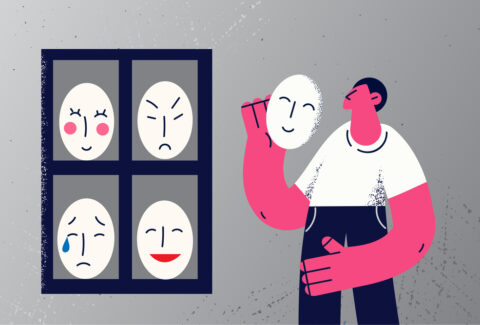Cognitive Behavioral Therapy for Habit Formation and Behavior Change: A Practical Model for Sustainable Self-Directed Growth

Cognitive Behavioral Therapy for Habit Formation and Behavior Change: A Practical Model for Sustainable Self-Directed Growth
Abstract
Cognitive Behavioral Therapy (CBT) offers a powerful, evidence-based framework for promoting sustainable habit formation and behavior change. This article introduces a structured CBT approach focused on cultivating new behaviors, breaking old patterns, and aligning actions with personal values. The first three sessions guide clients through identifying self-sabotaging beliefs, understanding reinforcement cycles, and building small, consistent behavior chains. By integrating cognitive restructuring, behavioral activation, and habit science, this model supports individuals in building momentum and sustaining growth across life domains.
Keywords
CBT, Habit Formation, Behavior Change, Behavioral Activation, Reinforcement, Cognitive Distortions, Self-Sabotage, Identity
Introduction
Behavior change is central to mental health and personal growth, yet many individuals struggle with sustaining new habits. Research suggests that sustainable change requires both structural support and psychological readiness (Prochaska & DiClemente, 1983; Lally et al., 2010). Cognitive Behavioral Therapy (CBT) offers a rich toolkit for understanding and shifting the thoughts, beliefs, and reinforcement patterns that influence behavior. This article presents a practical, stepwise CBT model to support habit formation and long-term change through self-awareness, strategic planning, and emotional regulation.
Method and Framework
This CBT model integrates:
- Identification of limiting beliefs and behavior chains
- Behavior mapping (antecedents, behaviors, consequences)
- Thought records related to change, failure, and identity
- Implementation intentions, habit stacking, and reward systems
- Daily tracking and reflection
The model helps clients transition from avoidance-based cycles to value-based, goal-directed action. Emphasis is placed on small wins, consistency, and flexibility.
Session-by-Session Application
Week 1: Behavior Mapping and Values Alignment
The first session introduces the concept of behavior as a pattern rather than a single act. Clients identify a behavior they want to build or eliminate. Using the ABC model (Antecedent-Behavior-Consequence), the therapist guides the client in mapping their current patterns. A values clarification exercise helps determine whether the behavior aligns with their long-term goals. Motivation is rooted in personal meaning, not external pressure.
Week 2: Limiting Beliefs and Cognitive Restructuring
Clients explore the automatic thoughts and beliefs that interfere with behavior change: ‘I always quit,’ ‘I’m not disciplined,’ ‘What’s the point?’ Using a thought record, they evaluate the accuracy and function of these beliefs. Cognitive distortions such as all-or-nothing thinking and overgeneralization are challenged. Clients generate flexible, self-affirming alternatives and begin to see themselves as capable of change.
Week 3: Habit Design and Implementation Planning
This session focuses on the science of habit formation. Clients choose one micro-habit (e.g., journaling for 2 minutes, stretching after waking) and design an implementation plan using habit stacking (e.g., after I brush my teeth, I will…). The therapist introduces reinforcement strategies: internal rewards, visual tracking, social accountability. Barriers are anticipated and a plan is created for missed days. Emphasis is placed on celebrating progress over perfection.
Discussion
Habit formation through CBT is more than behavior change—it is identity transformation. By combining internal restructuring with external scaffolding, clients begin to see themselves differently. They learn to tolerate imperfection, recover quickly from lapses, and stay connected to their why. These first three sessions offer structure, flexibility, and hope in the journey toward sustainable change.
Conclusion
New habits are built one thought, one choice, and one repetition at a time. CBT empowers individuals to disrupt cycles of avoidance and self-doubt, and to take purposeful action. With a foundation of awareness and strategy, the first three sessions set the stage for a lifetime of learning, growth, and aligned living.
References
- Prochaska, J. O., & DiClemente, C. C. (1983). Stages and processes of self-change of smoking: Toward an integrative model of change. Journal of Consulting and Clinical Psychology, 51(3), 390–395.
- Lally, P., van Jaarsveld, C. H. M., Potts, H. W. W., & Wardle, J. (2010). How are habits formed: Modelling habit formation in the real world. European Journal of Social Psychology, 40(6), 998–1009.
- Duhigg, C. (2012). The power of habit: Why we do what we do in life and business. Random House.
- Clear, J. (2018). Atomic habits: An easy & proven way to build good habits & break bad ones. Avery.
Download the scholarly version of this article by clicking HERE








